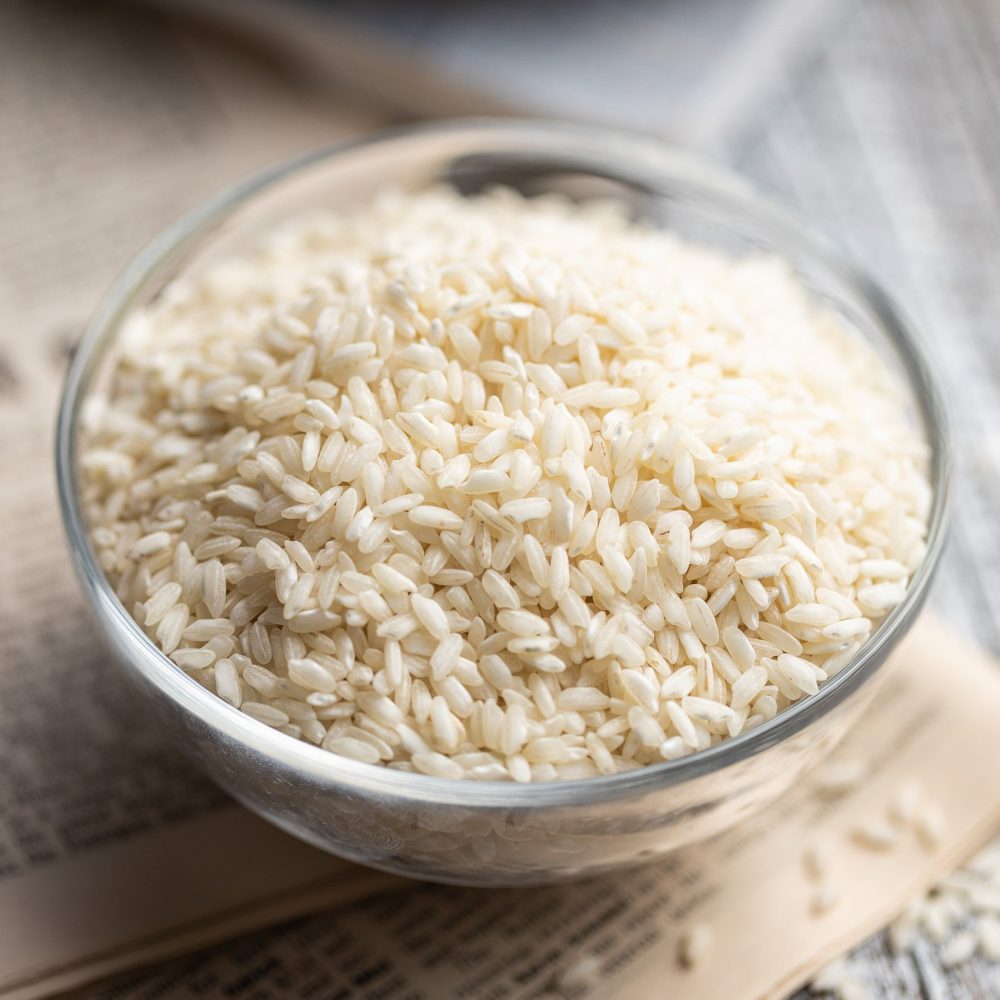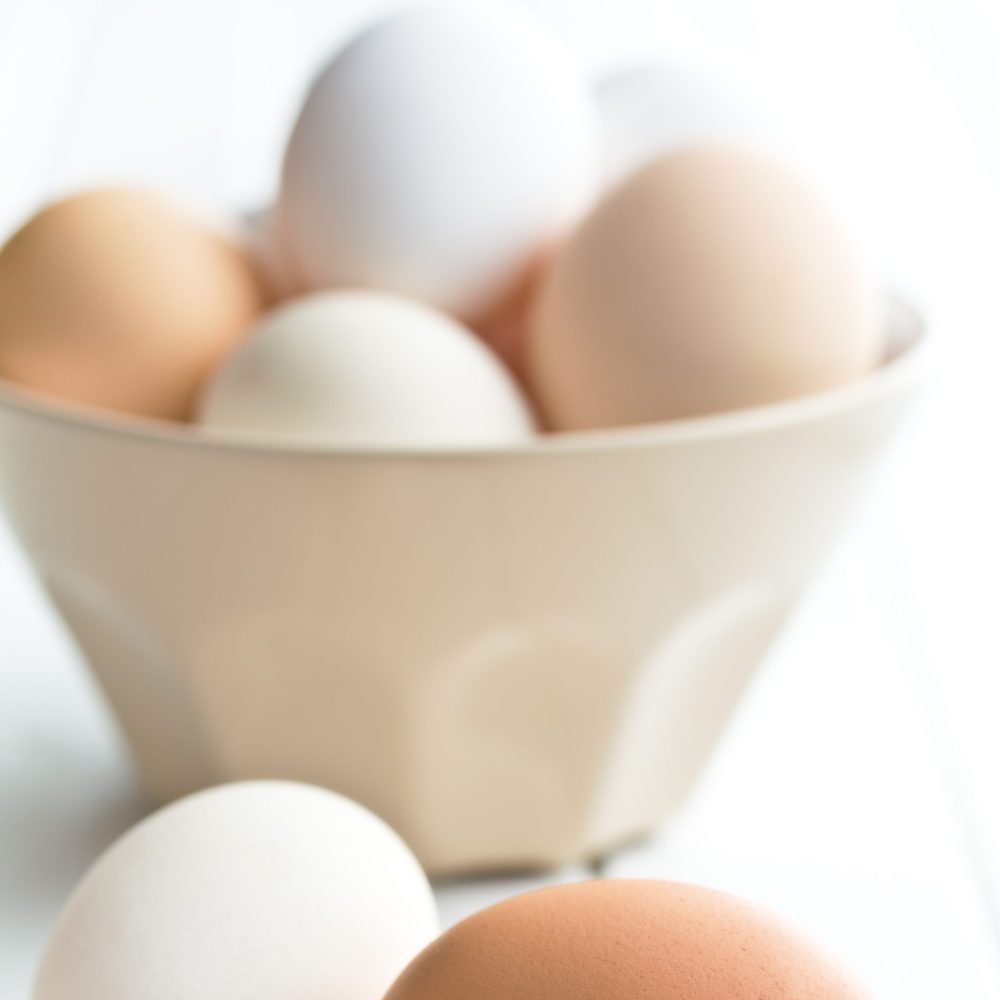Having a well-stocked kitchen with a wide variety of the least expensive foods on hand is the key to preparing healthy, budget-friendly meals that don’t sacrifice flavor. In fact, some of the most nutritious foods you can buy are also the most affordable.
2026 is right around the corner. If you’re ready to crush your money and health goals in the New Year, this list of affordable foods will help you eat well on a budget while enjoying delicious and nutritious meals. From dry beans to frozen veggies, these are the cheapest foods to buy that still support your goals.

If I had a nickel for every time someone said healthy food is too expensive, I’d have a lot of nickels. If you take the time to compare prices and shop smarter, you’ll be surprised to find that some of the least expensive foods are also the most nutritious.
To achieve any goal, you need the right mindset. If not, it will feel challenging from the start. Shopping and preparing meals take time and effort, and having the right attitude will make them easier and more rewarding.
Least Expensive Foods
Before we dive in, I didn’t haphazardly throw together this list. Eating healthy is important to me, but what is “healthy”? For me, it’s simply eating whole foods without a long list of mystery ingredients. You won’t find things like Hamburger Helper on this list. It’s super cheap (and delicious) but not the healthiest. However, beans are beans. They’re whole and complete foods, so I try to incorporate as many as possible into our meals.

Eggs
- Eggs are one of the most nutritious foods you can eat. In addition to iron, vitamins, and minerals, one large egg can have up to 7 grams of protein. Protein is king for preventing sugar cravings, giving you energy, and keeping you feeling full. It was the key to me finally losing my menopause weight and keeping it off three years later. For quick snacks, keep some hard-boiled eggs in your fridge and enjoy them on their own, make egg salad, or make eggs and rice – an incredibly cheap meal!
Pasta
- Dried pasta is a staple that everyone should have on hand. It fills you up, it’s cheap, and there are endless ways to prepare it. My kids grew up on “white spaghetti,” which is just cooked noodles, olive oil, salt, pepper, and Parmesan cheese. Sometimes, I would add broccoli and call it green pasta, which my Sicilian mother made us regularly growing up. My easy goulash recipe will feed the whole family for less than $10. There are many high-protein pastas on the market these days as well. They may cost slightly more, but you’re getting healthy carbs, protein, and usually some fiber with one ingredient.
Canned Protein
- Canned proteins like tuna and salmon are some of the most nutrient-dense, least expensive foods you can buy. That means you’re getting a lot of nutrition in a small amount of food, so you don’t need much. They can be found at every grocery store and are a great way to add protein to a dish, not to mention a ton of vitamins, essential fatty acids, and minerals. Tuna salad is cheap and healthy. Serve it on sandwiches or over a bed of lettuce. My tuna and avocado salad is quick, healthy, and delish.
Dry Beans
- Like rice, beans can be added to many dishes, and there are endless ways to use them. They’re full of protein, vitamins, and minerals, so they’re not only a cheap pantry staple but a healthy one. Try my Italian beans and rice, a simple chickpea salad, and tuna pasta salad. Dry beans are even more inexpensive. The soaking process is mostly hands-off and very easy to do.
Canned Tomatoes
- You can use them in sauce, soups, stews, casseroles—the sky is the limit. If you have canned tomatoes, you don’t need pasta sauce. Our favorite pantry meal is pasta with tuna. I saute onions and garlic in olive oil, add some canned tuna and tomatoes, a little broth, seasonings, and butter. Mix that with cooked pasta and veggies of your choice, and you have a nutritious, filling meal for less than ten bucks.
Fresh Produce
- Fresh produce can be affordable if you know how to shop for it. We’re not going for dragon fruit and fresh figs, which can be pricey. Buy cheaper options like bananas, apples, onions, and potatoes. Potatoes are inexpensive, filling, and nutritious. Buy a bag when they’re on sale and plan some meals around them. The same applies to apples. A bag will cost around three bucks, and you have healthy snacks for the week. Check out my tips for saving on produce for even more ways to save.
Frozen Produce
- Frozen produce is among the healthiest and least expensive foods you can buy. It’s often cheaper than fresh produce, which can lose up to 45% of its nutrients before it hits your table. Frozen vegetables are often more nutritious because they’re flash-frozen within hours of being picked, retaining most of their nutrients. Unlike fresh produce, which can spoil very quickly, frozen produce lasts months in the freezer. It’s also prepped and ready to go, making it perfect for nights you need dinner on the table quickly!
Rice
- Rice goes with everything—literally. Having eggs? Add some rice. Tacos for dinner? Add rice to the filling. It’s a cheap way to add volume to your meals. I often use it to stretch soups and casseroles. I regularly make sausage rice, easy Italian beans and rice, and foolproof baked rice. We’re big fans of rice around here, and it’s one of the least expensive foods you can buy!
Peanut Butter
- Peanut butter is incredibly nutritious! It contains vitamins and minerals and is an excellent source of plant-based protein and fiber. A serving size is only two tablespoons, which means one jar for around three dollars will last you a while. If you’re a peanut butter lover like me, look for brands with just one ingredient: peanuts! This one is my favorite.
Oats
- A giant bag of oats is cheap and will last a long time. You can use them in granola bars, meatballs, cookies, and cakes. They’re incredibly nutritious and add fiber and nutrients to whatever you use them in. You can even add them to smoothies to make them more filling. A little goes a long way, making them incredibly affordable. Just 1/4 cup of dried oats is enough for a filling breakfast or snack, and you’ll be doing your cholesterol a favor, too. Steer clear of the instant oatmeal packs. They are loaded with sugar and processed ingredients.
Popcorn
- Not only are popcorn kernels ridiculously cheap, but popcorn is high in fiber, low in calories, and satisfying! We make it at least three times a week, and it’s a lot easier than you might think. I add 1/4 cup of kernels to a brown paper bag, sprinkle in some salt, and about a teaspoon of olive oil. Fold the top over three times, put it in the microwave, and cook it on high until you hear no popping for 3 seconds. Voilà. You’ve got a quick, healthy, super cheap snack!
I hope this list of the least expensive foods is helpful. I’d love to hear your tips for saving money on food and for preparing affordable, healthy meals on a budget!
Leave a Reply